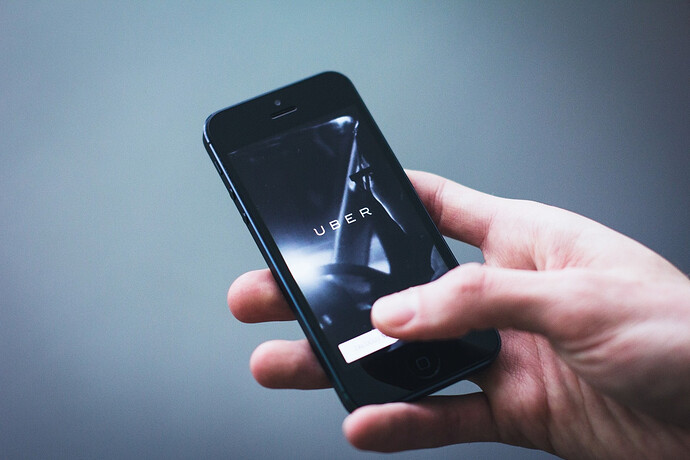(Image source: Pixabay)
Uber, the $70 billion dollars ride-sharing service, is disrupting.
It's not disrupting another taxi company or digital startup. This time, it's trying to put ambulance service out of business, according to a new study from Kansas University researchers.
In today's technologically-driven digital world, some patients would rather move to emergency rooms in a ride-hailing car than call an ambulance, wait for it to arrive, pay costlier fares… This article explores this latest study, and discusses what it means to visit the hospital in UberX rather than in an ambulance.
Uber reduces ambulance usage.
Uber's rapid growth and popularity are anticipated, especially if you consider the industry and its business model. But reducing the ambulance usage? No one has seen this coming.
Here's why: The ride-hailing service is just meant to shuttle a city's commuters from one destination to another, and in First World countries like the US, hospitals have their ambulances ready to transport patients to the emergency units without delays. Well, a new research has proved otherwise.
(Image source: Pixabay)
Two US researchers from Kansas University David Slusky and Dr. Leon Moskatel have conducted a research. In the course of their study, they examined ambulance usage rates in the US cities earlier this year and found at that ambulance usage rate has decreased significantly to at least 7 percent since Uber hit 43 states in America.
This is an interesting new research, and its findings may definitely lead to other research in the near future. However, for now, it's important to understand why Uber is reducing ambulance usage rate in the US cities.
Let's talk about that next.
Why is Uber decreasing ambulance usage?
The first reason cited by the study is that modern ambulance services are expensive: A trip to the ER in an ambulance may cost about a thousand dollar, which is too expensive for a common patient struggling to earn more and cover their bills.
Without any hesitation, I can just tap my phone and ride an UberX to the hospital as a better alternative to the more expensive traditional ambulance vehicles.
Another reason is freedom. With Uber, you can ask your driver to take you to the hospital of your choice, and within few minutes or hours, they'll drop you there. That's not the case with traditional ambulance system.
Ambulances normally choose the closest hospital to take patient, depriving them of the freedom to go where they so desire.
Ambulance response time is also slow (due to the Affordable Care Act). The ACA, as reported by the researchers, has "slowed ambulance response times by 19%," they said, "exacerbating the need for a partial substitute to traditional ambulances." This means that more patients would rather go the Uber way.
What's in it for Uber drivers?
More jobs. More opportunities. More profits.
These are all some of the benefits that Uber drivers stand to enjoy, but they are not the ultimate. The best thing that a driver can enjoy from this study is the ability to show compassion to patients.
If you take your business seriously, you won't be driving just for money or profit. You do it for the love. If you do it for the love you have for your passion, as well as for your passenger, who calls you to ride with you, pay for your service, help you realize your dreams, you'll tap the emotional side of it.
No price can pay for the joy and a sense of relief and awesomeness that you'll feel when you transport a patient to a hospital with empathy and compassion. Granted, your compassion can earn you 5-star ratings in each of your trips.
It's not that you ask for it, mind you, or act compassionately just so you can get it. But that's just how the world works: Goodness begets goodness and vice-versa.
Conclusion
If you build quality products; if you create convenient tools; if you innovate faster, cheaper technologies; your prospects will notice you. They'll find you and patronize you, without spending much time and money on marketing efforts. That's because, at the end of the day, what matters is not your product design or shape or packaging that will build your business.
It's the problem you solve.
Uber is solving a transportation problem that is simple, convenient, and cost-effective to use, giving the patient enough reason to ride and abandoned the old, traditional ambulance they've known and used for a long time.


